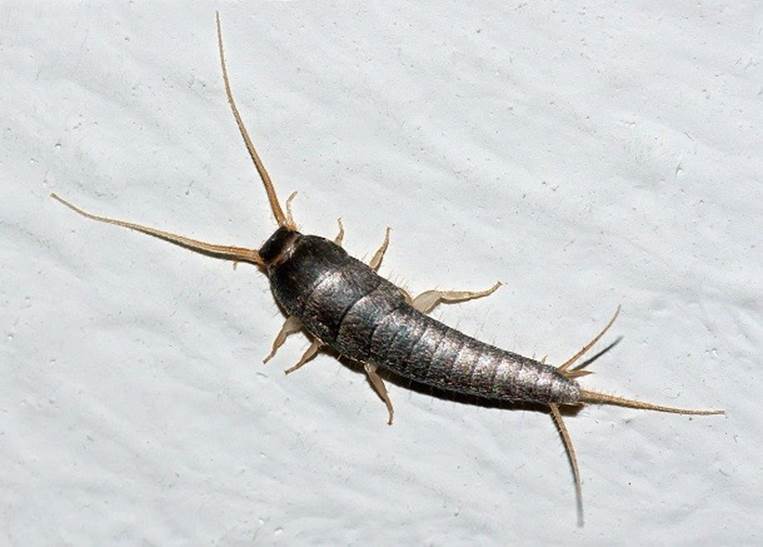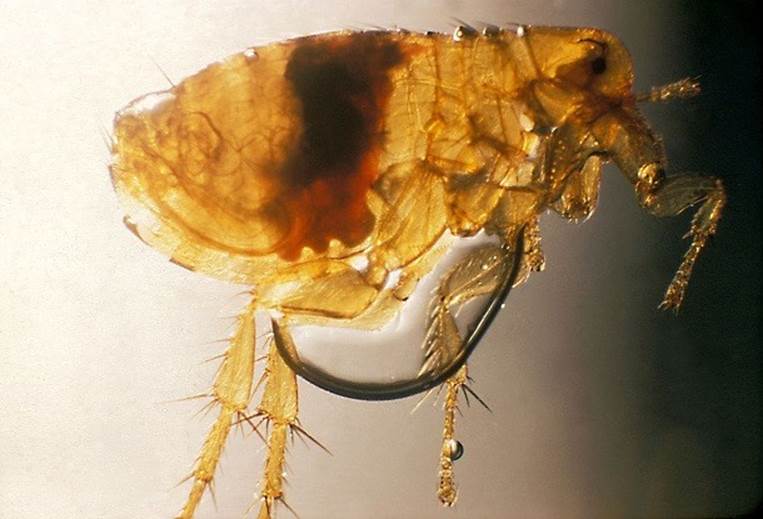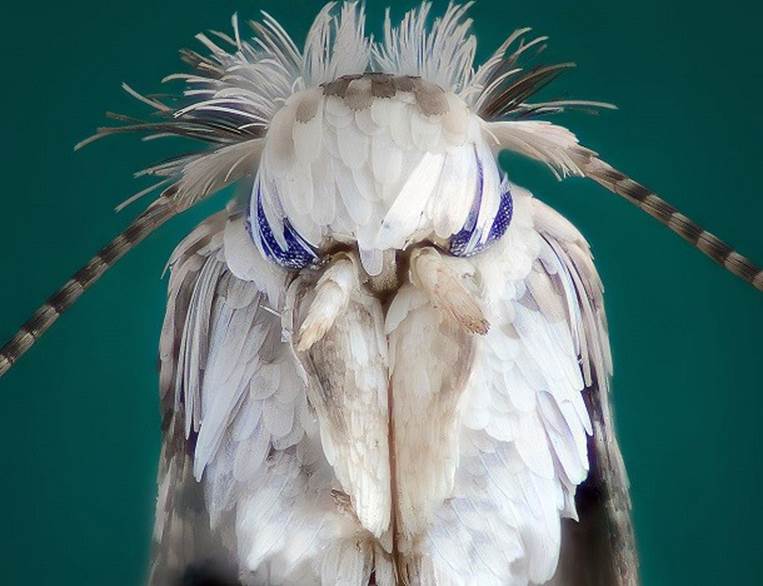MOST HATED INSECTS EVER KNOWN TO MAN
Added on: 10th Dec 2016
SILVERFISH

Silverfish are some of the oldest creatures on the planet;
their predecessors were the earliest insects, evolving
over 400 million years ago. Contrary to popular opinion,
silverfish do not bite humans and are more of a nuisance
than a danger. The critters feed on starches and sugars
and are often found by the little holes they leave in papers,
clothes and wallpapers. The little buggers are quite
resilient, able to live for up to a year without eating
and known to eat their own moulted exoskeleton.
ASIAN CITRUS PSYLLID

Most people haven’t heard of the Asian citrus psyllid but
that doesn’t make it any less of a pest to all we hold dear.
Originating from southern Asia, this insect is one of the
largest causes of citrus diseases and has been wiping
out massive citrus groves across Florida & California.
The past few years has seen the orange industry
alone hit by $4 billion worth of dead trees.
FLEA

A terror for dogs, cats and humans alike, the flea is one of
the most hated insects on Earth. Able to jump like a
carnival performer, fleas can transfer a host of diseases
including Rocky Mountain spotted fever and even tapeworms.
Among the various methods for killing fleas, the bugs can
be submerged in water for a full 24 hours. Any less and the
critters may look dead but can still rise from the dead.
Insect zombies…yikes.
BEE

Scientists have been shocked and unable to figure out
the reason why one of our greatest allies – the bee – is
disappearing. Despite pollinating at least 30% of our crops,
the buzzing of bees and worry about their stingers still
lead us to hate them. Even wasps – the bee’s genetic
ancestor – hate the bugs and often raid hives. (Though
we can agree with the bees that wasps are our real
common enemy.) Despite our modern day feelings, the
ancients were quite fond of bees, and the Aegean’s even
believed bees linked the living world with the afterlife.
ANT

One of the most impressive creatures on the planet, ants
are immensely complex. Despite their small size, there are
believed to be up to 22,000 species of ants which collectively
make up 15-25% of the entire terrestrial animal biomass.
That means that – adding up all the little buggers, sometimes
in colonies of millions of ants – ants can constitute up to
a quarter of the entire animal weight on our planet. With
numbers like those and their tendency to expertly exploit
resources, ants have become a nuisance in many
of our homes.
NO-SEE-UM

So tiny that they can pass through most window screens,
no-see-ums are flies measuring from .04-.16 inches (1-4 mm)
long. Most are known for their bloodlust though some
non-blood-eaters actually help pollinate tropical crops like
cacao. When a no-see-um bites us, we develop an
allergic reaction due to proteins in their saliva.
COCKCHAFER

Probably the least known insect on this list, the cockchafer is
nonetheless one of the most hated insects in history.
Decimating crops since the Middle Ages, the cockchafer has
been widely controlled through the use of pesticides and the
cookpot. (The French cooked them in a chicken soup and
German students ate them coated in sugar.) The pests were
so destructive the court of Avignon even outlawed the hated
insects at a trial in 1320. Though nearly exterminated,
the decrease in pesticide use has led to a massive
cockchafer resurgence as of late.
BEETLE

Beetles aren’t directly a threat to human blood or skin in the
way other insects on this list are, but since they make up
25% of all known life-forms, they can be pretty pesky! Though
some such as ladybugs eat pests, some such as the
well-known boll weevil and mung bean beetle can
decimate crops.
MOTH

If the picture alone hasn’t creeped you out, the hairiness of
most moths probably will. Or how about that there is a moth
known as the Grease moth which feeds on rendered
human fat? If that’s not enough, you might be surprised to
see the Hercules moth flying at you with its 10.6 inch
(27cm) wingspan, the largest surface area of any insect.

Comment on this